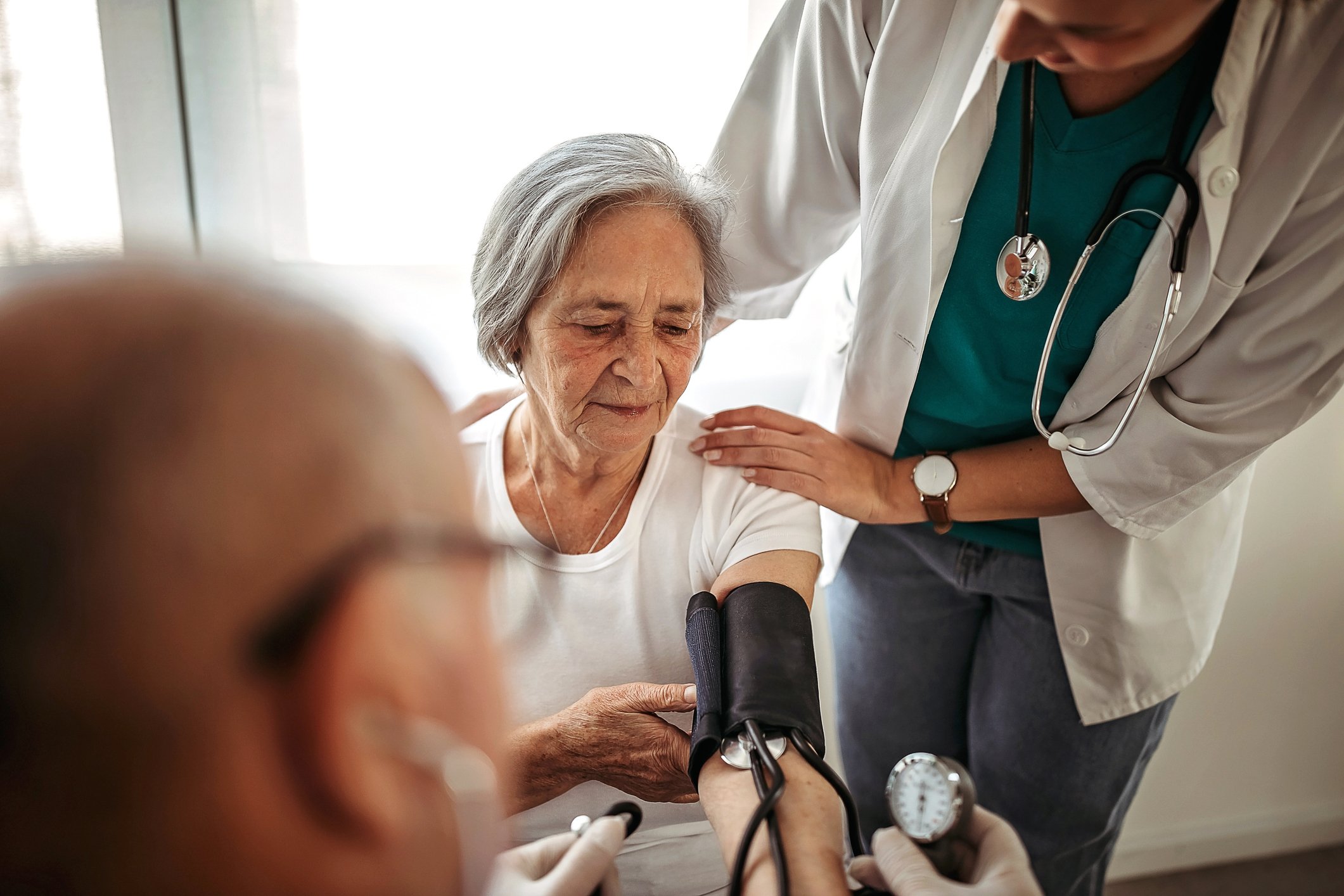A network is only as sustainable as its individual nodes and connections. The oncology scene in Switzerland is aware of this and the idea of better networking is not new. The invitation of the healthcare provider organizations to the first Swiss Cancer Congress therefore fell on fertile ground. More than 230 participants from various professional societies and associations that are care providers in oncology came to Bern. Aware that the upcoming problems in cancer medicine can only be solved together, the participants vowed to work together in an even better and more structured way.
On September 4, 2014, the first Swiss Cancer Congress was held at the Zentrum Paul Klee in Bern. The congress was organized by eight professional societies and professional associations that treat tumor patients. To ensure that everyone who needs oncology treatment and support during the disease receives it, a variety of specialists from different professions and disciplines are usually involved. The first joint congress aimed to involve all the service providers involved and served to determine the current situation.
Think Tank
In his opening speech, the President of the Swiss Society of Medical Oncology (SGMO), Dr. med. Jürg Nadig, Bülach, pointed out that sustainable networks of all service providers in oncology are already being established throughout Switzerland. Patient representatives, physicians, nurses and all professionals involved in the treatment of cancer patients, from diagnosis to the palliative phase, were invited. All parts of Switzerland were represented. The young generation of physicians, nurses, from politics and health research also actively participated and presented their projects. “The first Swiss Cancer Congress sees itself as a think tank for the whole “, Dr. Nadig elaborated.
Dr. Philippe Perrenoud, Director of the Conference of Cantonal Ministers of Health, emphasized that the upcoming problems in cancer medicine could not be tackled by politics alone, but only together with the experts. The National Strategy Against Cancer (NSC) is an important step, he said, although there is a long way to go from idea to execution. In 2013, three areas and seven fields of action were defined, which are now being worked on. Prevention, care and research in oncology are priorities because you can’t plug all the holes at once, Perrenoud said. All professional societies should be involved with their expertise.
Supply and demand
Based on a patient case with a rectal carcinoma without metastases, things then became more concrete: A representative of each of the specialist societies SGG, SGC, SGMO, SRO, OPS, SGPO, oncoreha.ch and palliativ.ch took to the podium and explained what his specialist group was doing for such a patient with their expertise and what cooperation was expected from colleagues from other disciplines.
To ensure that no one falls through the cracks in all the specialist groups involved and their partially overlapping range of services, a cross-sector treatment pathway for colon cancer is now to provide clarity. The Swiss Academy for Quality in Medicine (SAQM) is in charge of the execution of this project. It works closely with the European Pathway Association. The goal is to ensure that patients with colon cancer receive high-quality, standardized and optimally coordinated treatment everywhere in Switzerland. Since November 2013, 20 professional groups have been involved in the development. A model treatment pathway should clearly define what should be done at which stage of the disease. In a later step, patient representatives will also be involved. The goal is to be able to present the model path in December 2015 and then test it in two pilot regions.
Not all tumor boards are the same
Thomas Ruhstaller, MD, from St. Gallen, Switzerland, explained why tumor conferences (tumor boards, TB) have been able to establish themselves as an important decision-making tool for medical oncology issues and are considered the quintessential example of interdisciplinarity. Although evidence is lacking that the final outcome is influenced by the tumor board, it is helpful for coordinated interdisciplinary collaboration. With the increase in cancer cases and the increasingly complex treatment options, which are also provided by different specialist disciplines, the desire and need for a joint “round table” arose. Every case is systematically discussed in the tumor board. In fact, he said, in addition to general tumor boards, very specialized tumor boards already take place in the centers of excellence. Cases must be registered and findings presented by the specialist; out-of-town physicians may also register and present. Data and decisions are visibly documented in a suitable form for all parties involved. Today, tumor boards are an indispensable part of quality management and necessary to obtain certification. “Patient mortality decreases when procedures are followed as discussed in the tumor board,” Dr. Ruhstaller said.
Rudolf Morant, MD, medical director of ZeTuP AG, described his experiences as an external guest participant on various tumor boards. He had to organize himself as a private service provider and make virtual participation possible with a considerable investment of time. Desirable for the future is to have standards for video and software to facilitate the procedure. Will the future lie in the virtual tumor board? PD Dr. med. Frank Stenner from the University Hospital Basel further explored this question. Experiences from the USA showed that it was possible to deal with cases solely on the basis of presentations and videos. But direct contact is ultimately an essential element of professional discussions.
Changing job profiles
Prof. Dr. med. Reto Obrist as an old-school oncologist, Patrick Jermann from the Kalaidos University of Applied Sciences Switzerland, Airelle Buff from the legislative side and Irene Bachmann Mettler as an oncology nurse specialist of the first hour discussed the actual and target state of the training of nursing specialists. The fact is that more and more graduates are entering nursing with a great deal of academic knowledge but little practical experience. Tensions between the experienced practical nurses and the “head people” are inevitable.
Jermann noted that the new skills of students were not yet being used. For example, they would have the authority to take the physical examination and medical history from the physician. Dr. Nadig replied that these were the most important medical instruments and that he would not delegate this in particular.
Bold undertaking
In the last part, the members of the core group of the NSK as well as a representative of the client (SvG) provided information on the status of the projects. The fact that no financial resources are provided for the strategy by the federal government and the cantons has the advantage that the political organizations do not intervene in the process. From 140 goals of the National Cancer Program II, the priority ten areas were selected and launched in project groups. A priority issue, he said, is the interface issue. Since hardly any additional financial resources are available, the project management hopes to create added value through cooperation, so that a “we-feeling” is created beyond the professional boundaries.
Prof. Dr. med. Thomas Cerny of Oncosuisse pointed out that, in economic terms, cancer is one of the most expensive diseases. He sees the opportunity in the fact that through the bottom-up principle of the NSK, “Swiss Made” will also become a concept as a standard and quality feature for health policy by the actors themselves filling the strategy with life. Dr. Nadig identified health services research based on the cancer registry data and quality registries of the professional societies as an area in which collaboration should be intensified in the future.
Source: First Swiss Cancer Congress, September 4, 2014, Bern
InFo ONCOLOGY & HEMATOLOGY 2014; 2(8): 35-36.












